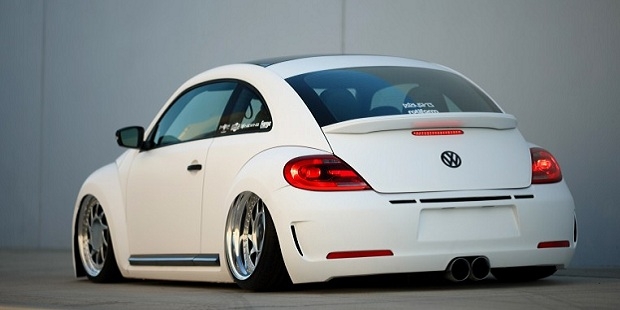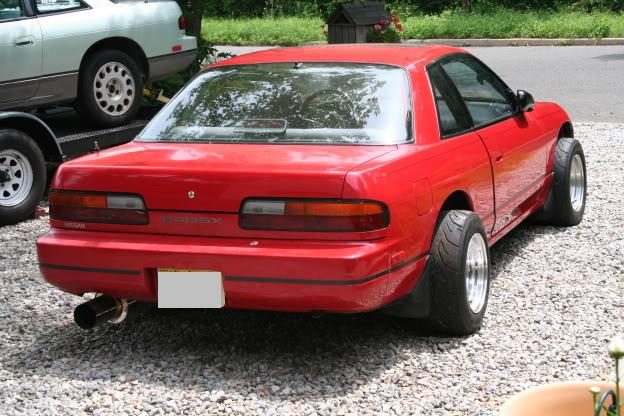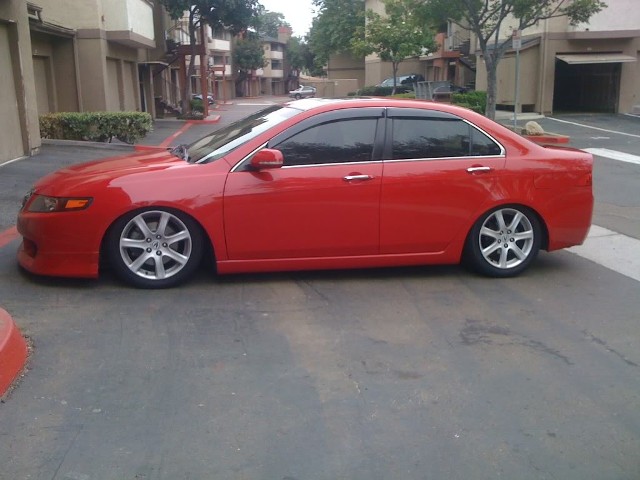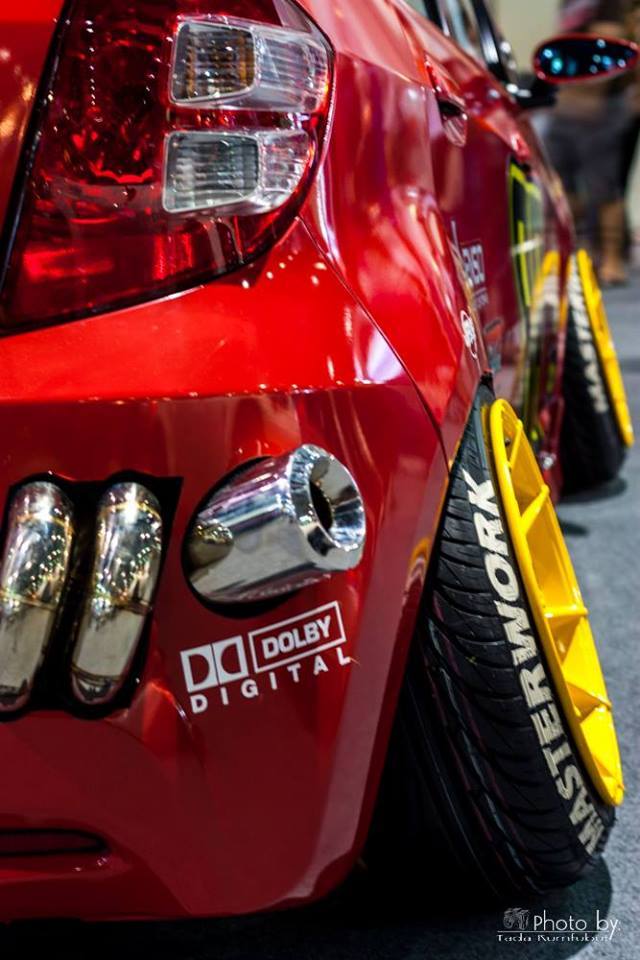It seems as though lately we’ve been having a high increase in complaints from consumers about tire rubbing.
Now this rubbing encountered is not necessarily coming from the original OE wheel and tires but rather aftermarket wheel and tire set ups.

With this in mind a common sense factor should be taken into consideration but is always thrown out the window as the car must look sweet with an aggressive offset. Bear in mind that not just any wheel and tire set up can be used on any vehicles.

Many consumers that do achieve the desired fitment would also require further modifications to the wheel well and other suspension components. The rubbing has nothing to do with the lowering spring or coilover set up as it never was any type of issue upon the initial testing of the vehicle with the OE wheels. Now the lowering spring or coilover set up may not be to the consumers expectations, either allowing for too much travel when weight is placed on a particular corner of the vehicle causing the rubbing, or not enough to bring the wheel and fender clearance to the desired place.
I, too, have ran across this dilemma thinking that the wheel and tire set up would be sufficient enough for the drop I was looking to maintain. With the same issue encountered, rather than blame others for my error, I decided to make further modifications as to allow for the fitment. Let’s just say that it still encountered rubbing at full suspension compression but worked well enough for me.
So, before you decide to lower your vehicle and get new wheels, consider certain factors such as wheel size (diameter, width, and offset) as well as tire size (width and outside diameter). These factors can affect overall wheel fitment and can cause problems with rubbing if not taken into consideration.
***Images shown above were those found on google search and I do not take any type of claim to them being images of my own.***


